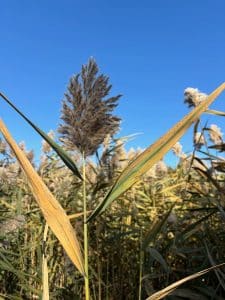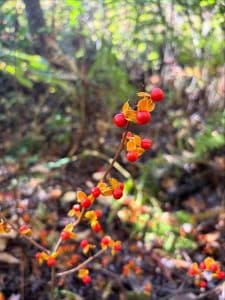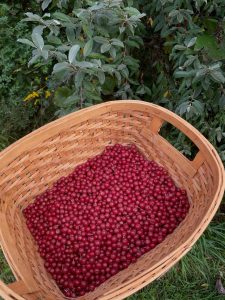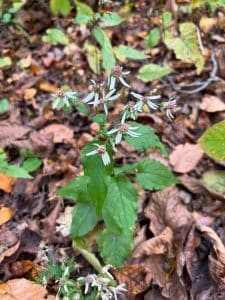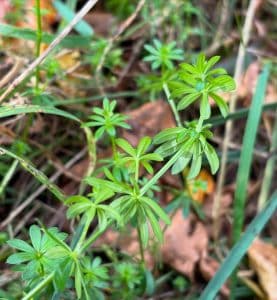Page Created by Connecticut Foraging Club
Upcoming Events | Meet the Instructors | Plant Archive | Mushroom Archive
----------------
Upcoming Events | Meet the Instructors | Plant Archive | Mushroom Archive
----------------
Common Hops (Humulus lupulus) are most known for their use in beer making, but they also produce edible shoots this time of year. Common hops are native to North America, but there are also varieties that are non-native.
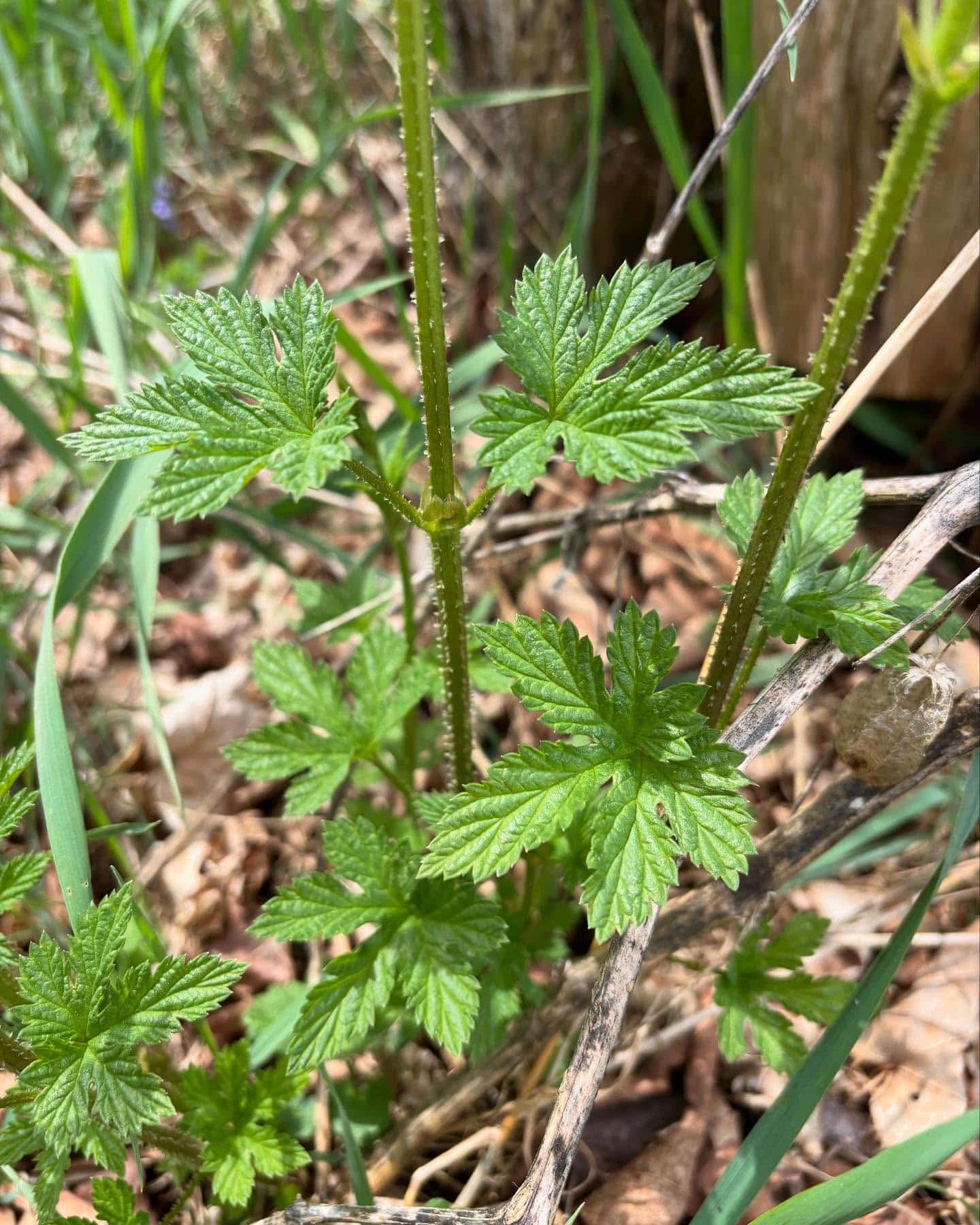
Hops can be found along forest edges, fences, and rivers. They prefer partial to full sun. Hops can be easier to spot in summer-fall when they produce the cone-shaped flowers that are collected for beer. The plant is a perennial, so foragers can go back to the spot in April-May to collect the shoots.
Hops can be identified by their toothed leaves that are divided into 3-5 lobes. The leaves have textured leaf veins. The stem is ridged with many short, hooked hairs. The plant lacks tendrils. It gains height by wrapping itself around other plants.
Hops produce flowers late June-July. The female plants produce the characteristic cone-shaped flowers that are light green at first, turning brown in the fall. The flowers are typically collected for beer making in August-early September. Hops were originally added to beer for their antibacterial properties. The flowers can also be turned into a tea that has stress reducing and sleep-inducing properties.

Hop shoots are the most expensive vegetable by weight in the world. This is due to the light weight of the shoots and the fact that they have to be handpicked. Shoots can be consumed raw but are better when lightly cooked. They have a flavor that is reminiscent of asparagus and beer.
Shoots can be sautéed for 1-2 minutes and added to egg dishes, pickled, or dried and powdered for use as a flavoring in soups. Hop shoots have sedative and calming properties.

Harvesting young shoots can help the plant to grow more vigorously. Commercial hops are typically pruned in the spring for this reason.
Leaves are also edible, but bitter. Leaves can be cooked and added to pasta dough to make green pasta.
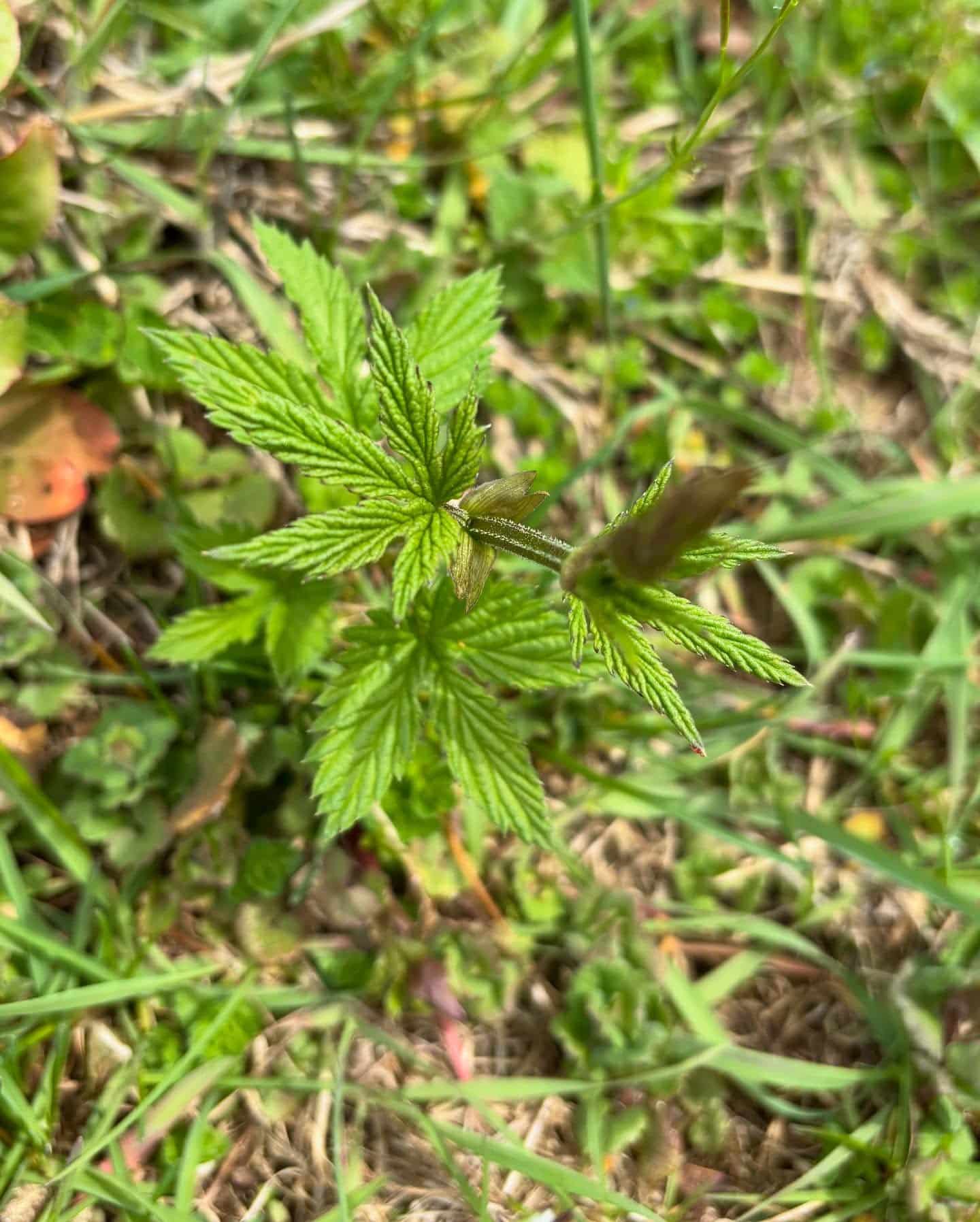
Hops could be confused with other climbing plants that produce shoots, but these other plants will not produce the light green cones that are characteristic of hops. Hops also do not produce tendrils, like many other climbing plants do.
Common hops could also be confused with the invasive Japanese hop (Humulus japonicus) which is an annual that is native to East Asia. Japanese hops have leaves that are divided into 5-7 lobes. The sinuses between the lobes end at an acute angle, whereas the sinuses for the common hop are rounded. The fruits of Japanese hops are spiky. Japanese hop shoots are also edible.
--
Written by Amy Demers, founder of the Connecticut Foraging Club. To learn more about foraging in Connecticut, check out our upcoming classes.


